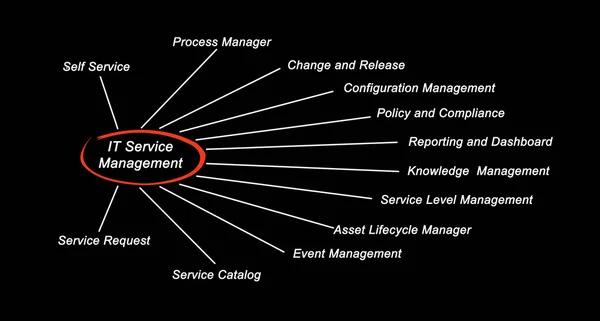Integrating IT asset management (ITAM) with enterprise systems is a strategic approach that enhances an organization’s ability to oversee its technology resources effectively. ITAM involves tracking and managing the lifecycle of hardware, software, and related assets within an organization. When integrated with broader enterprise systems such as Enterprise Resource Planning (ERP), Customer Relationship Management (CRM), or Human Capital Management (HCM), it creates a unified framework that improves visibility, control, and decision-making across departments.
One of the primary benefits of this integration is improved data accuracy. By connecting ITAM tools with other enterprise applications, organizations can synchronize asset information in real time. This eliminates discrepancies caused by manual data entry or isolated databases. As a result, stakeholders from finance to operations can access consistent and up-to-date information about asset status, ownership, location, and usage. This transparency supports better budgeting decisions and ensures compliance with regulatory requirements.
Furthermore, integrating ITAM with procurement modules within ERP systems streamlines purchasing processes. It allows automatic updates when new equipment is acquired or retired, facilitating accurate inventory records without redundant administrative work. Procurement teams gain insights into existing assets before making new purchases, reducing unnecessary expenditures and promoting efficient resource allocation.
Another advantage lies in enhanced security management. Enterprise security uncover details systems benefit from integrated IT asset data by identifying vulnerabilities linked to specific devices or software versions. Security teams can prioritize patches and updates based on comprehensive asset inventories rather than incomplete lists scattered across different platforms. This reduces risks associated with outdated technologies and strengthens overall cybersecurity posture.
Integration also supports service management functions through alignment with IT Service Management (ITSM) solutions. By linking incident tickets to specific assets identified in the ITAM system, support teams can diagnose problems more quickly and accurately determine root causes related to particular hardware or software components. This connection accelerates resolution times while improving customer satisfaction levels.
Despite these advantages, successful integration requires careful planning around system compatibility and data governance policies. Organizations must ensure that their chosen tools support standard protocols for communication between platforms to avoid fragmentation or loss of critical information during synchronization processes.
In summary, integrating IT asset management with enterprise systems fosters operational efficiency by consolidating vital information into a cohesive ecosystem accessible across various business units. It empowers organizations to optimize costs while maintaining strong security controls and responsive service delivery capabilities throughout their technology landscape.

